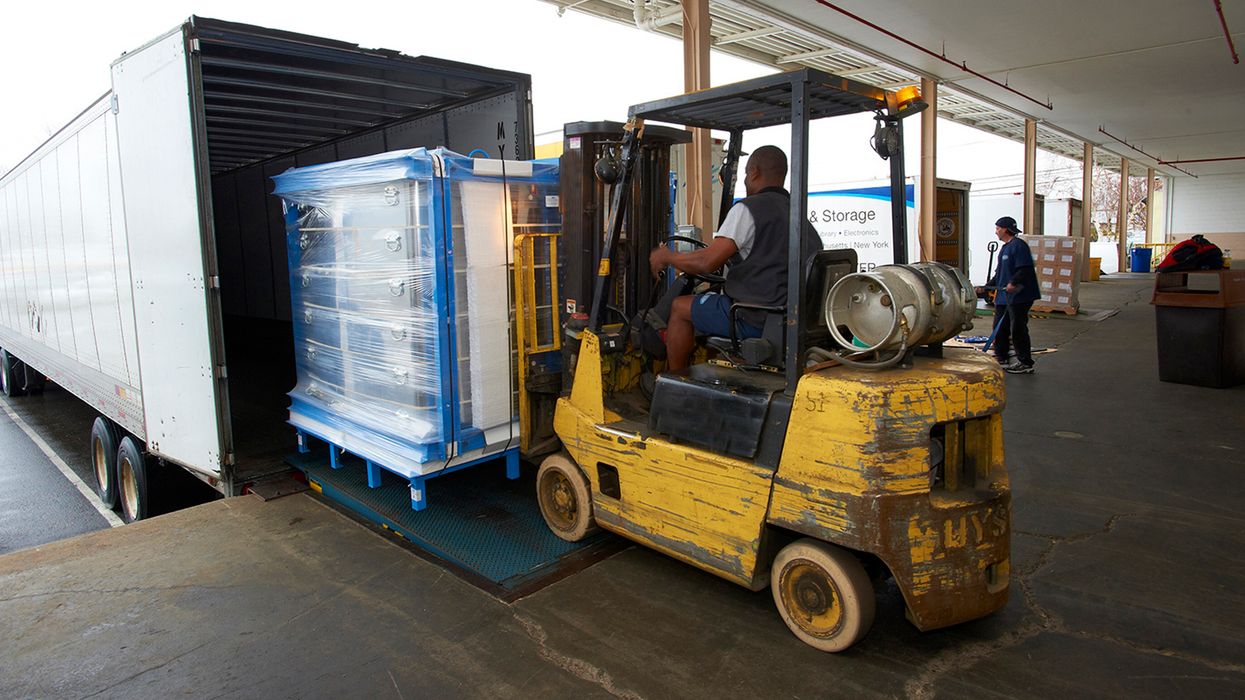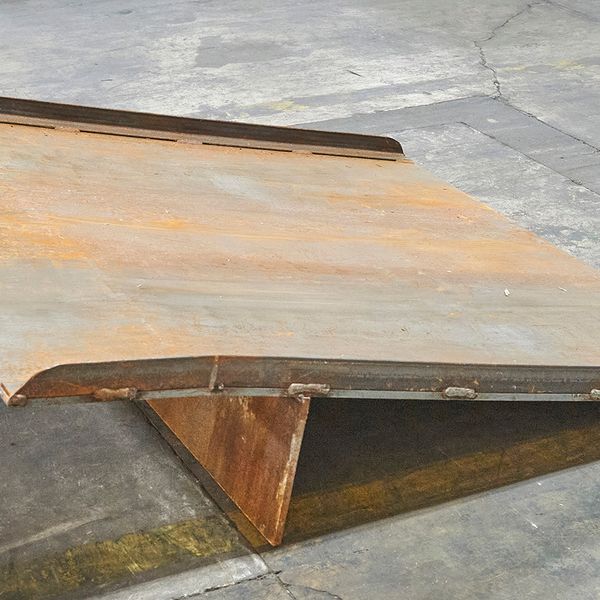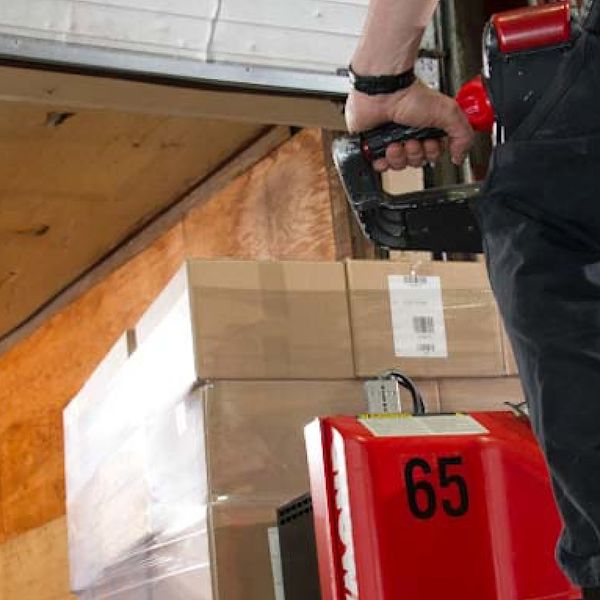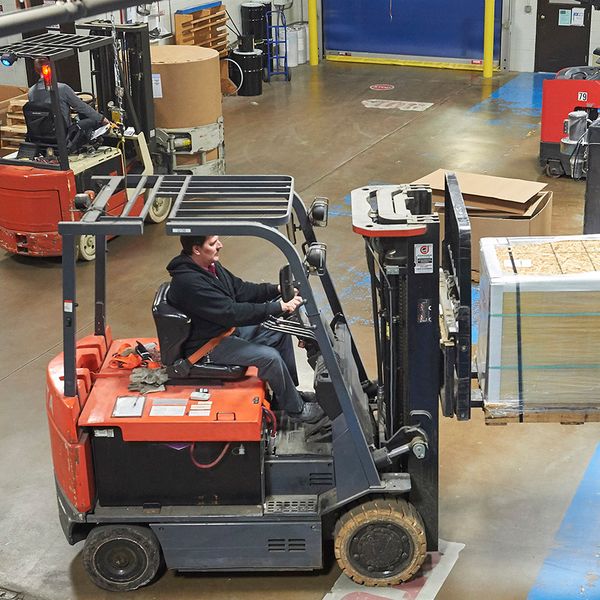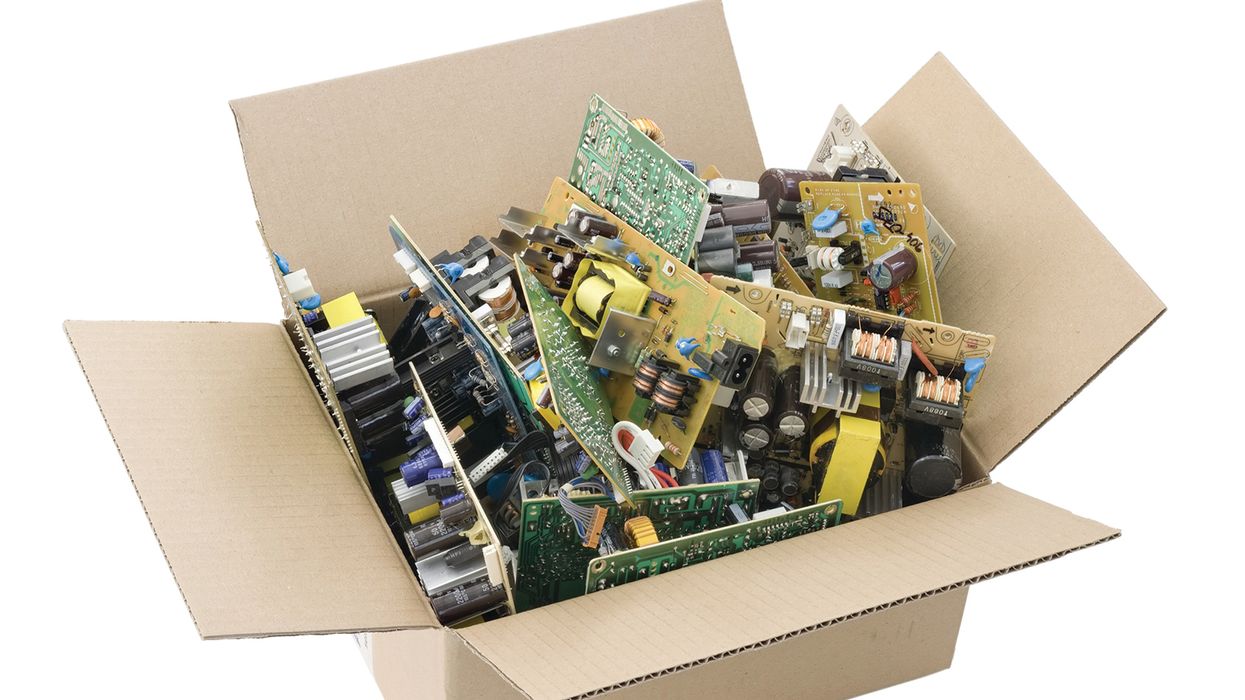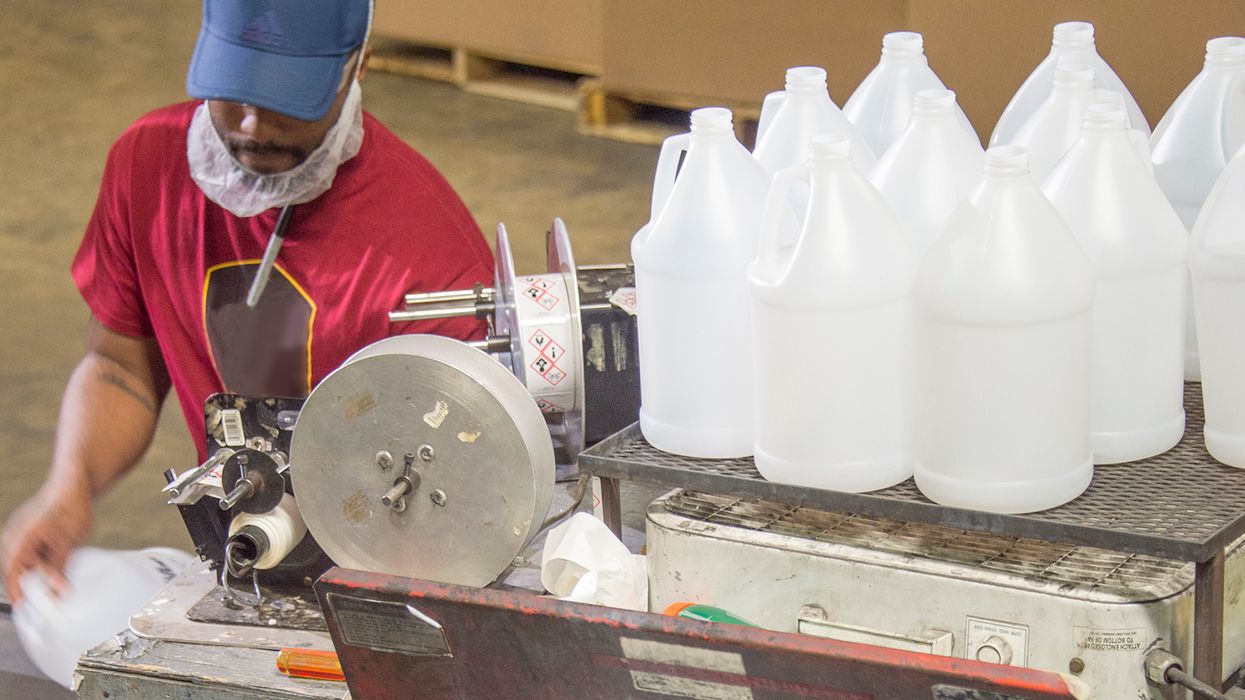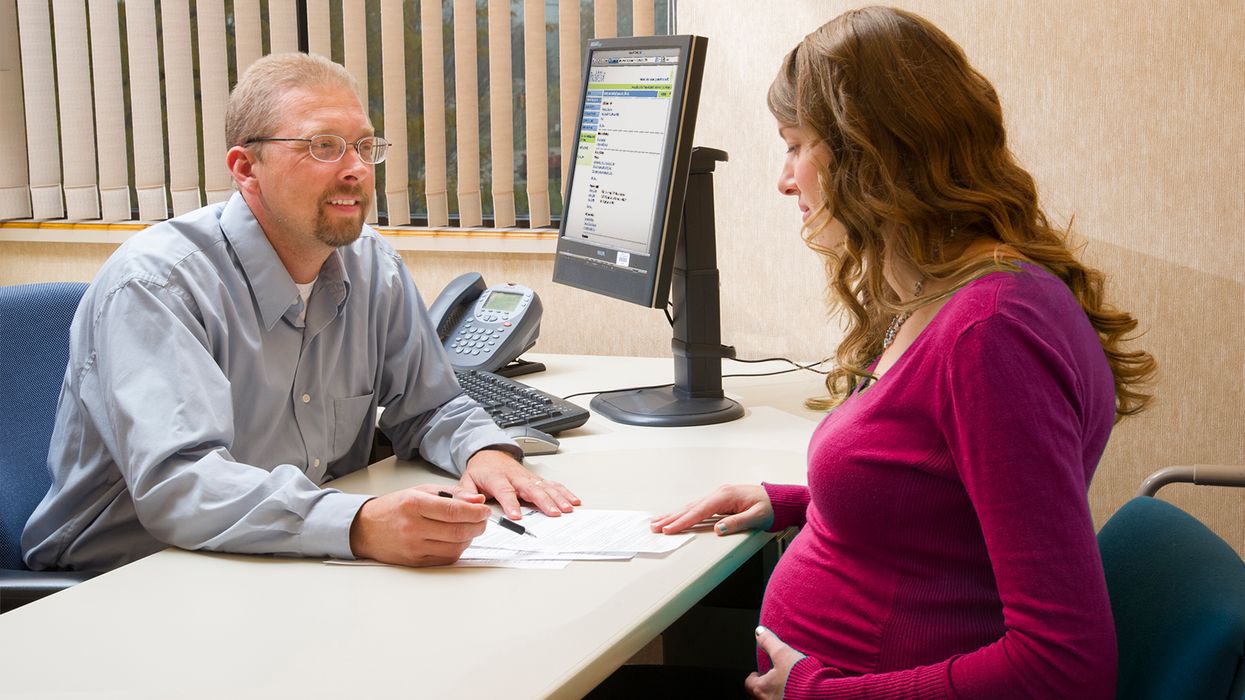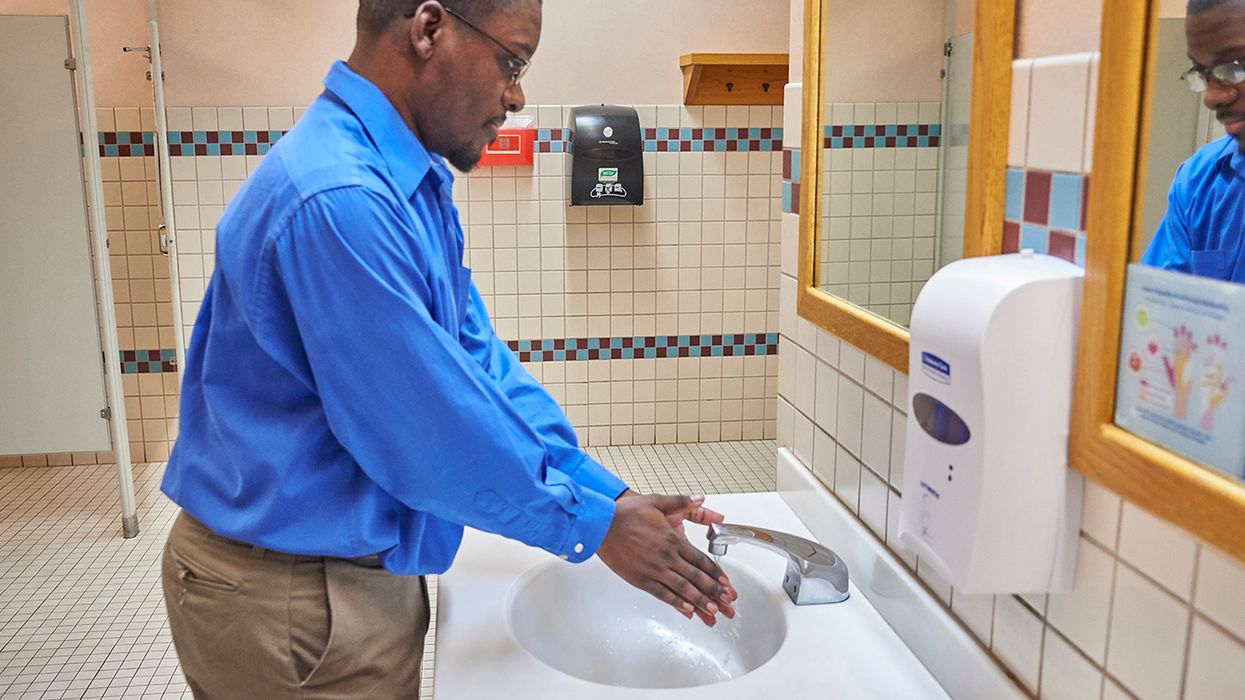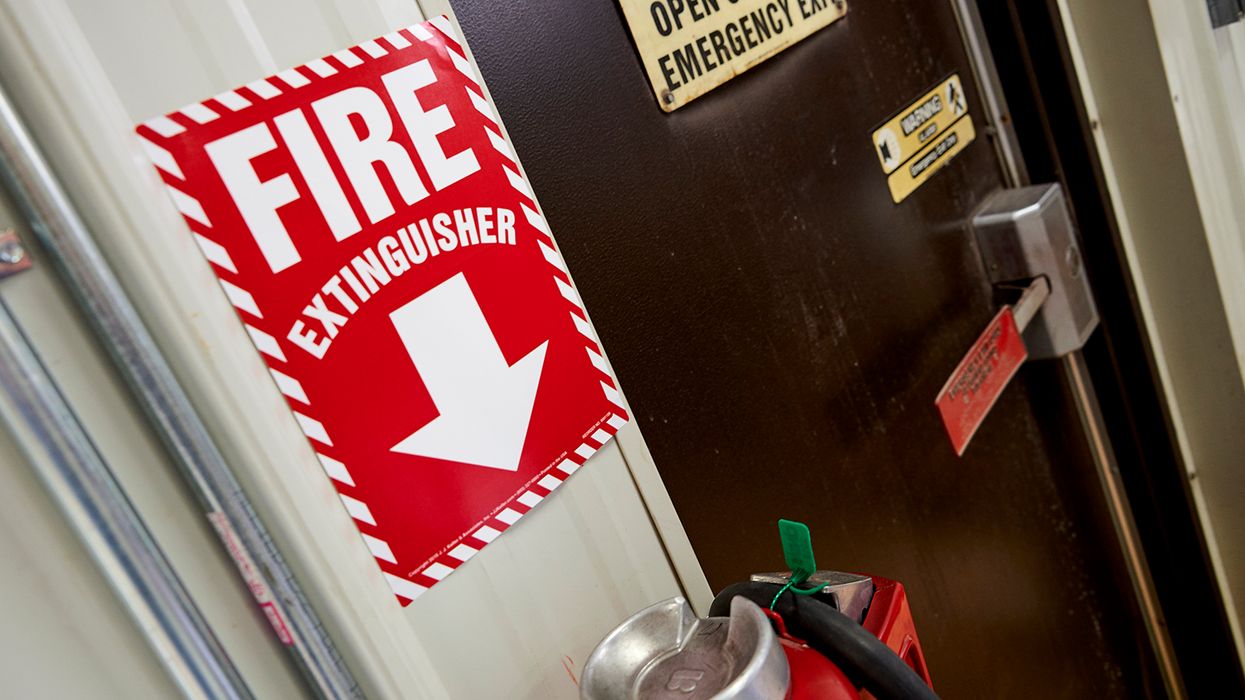Are your dockboards safe?
Dockboards can kill! On October 25, 2021, a maintenance worker in Wisconsin was preparing a loading dock to install an airbag while their coworker operated a wheel loader with a fork attachment. The loader operator lifted the dockboard, while the maintenance worker braced it with a wooden block then proceeded to perform some cleanup work in front of the loading dock. As the maintenance worker was clearing dirt and debris, the dockboard fell off the edge of the loading dock and crushed the worker. This is just one of the serious incidents that’s occurred during dock operations that must be prevented.
Supervisors often focus the most attention on obvious workplace hazards that are most cited by OSHA or talked about during regular safety training. Hazards such as locked exits, blocked fire extinguishers, lack of machine guarding, and operating uninspected forklifts are common and often steal our focus. These are great focus areas, but what about diving deeper into these workplace challenges to find some hidden dangers that can and do kill — like dockboards? Hard-working dock workers and truckers face hazardous conditions daily that can lead to forklift injuries or loading dock fatalities.
Perhaps you already have a focus on loading dock safety and have even performed risk assessments but need to refresh your program or training. Warehouse and dock workers are placed in the line of fire regularly from forklift traffic, vehicle movement, shifting loads, cargo tip overs, and other hazards related to loading and unloading materials. Workers must remain diligent when preparing and utilizing trailers and docks for these operations.
Implement, maintain, and train your workers on these dockboard safety strategies to stay ahead of potential incidents:
- Ensure dockboards are designed to handle the maximum intended load.
- Use guards, blocks, or other means to ensure transfer vehicles cannot run off the edge of the dockboard.
- Confirm trucks/railcars are parked with brakes set and wheel chocks or sand shoes in place before attempting to secure a dockboard.
- Verify dockboards are secure before vehicles are permitted to drive on them.
- Use handholds on dockboards for safe handling.
- Never allow work to be performed underneath a dockboard, especially while in use.
- Communicate clearly and regularly with truck/rail operators to ensure safe forklift travel over dockboards.
- Restrict non-essential workers from entering the loading zone during loading/unloading operations.
- Wear appropriate PPE: seat belts, eye protection, hard hats, safety shoes, high visibility vests, etc.
OSHA recognizes that serious injuries and fatalities surrounding material handling operations are preventable. It’s your responsibility to ensure employees are trained to recognize and avoid unsafe conditions. This includes the use of dockboards in the workplace.
Key to remember
Train workers regularly to recognize and avoid unsafe working conditions. Encourage them to use safe work practices by understanding the risks associated with dockboards, ensuring dockboards are secured before use, and that vehicles cannot shift or move the dockboards during loading or unloading operations.

